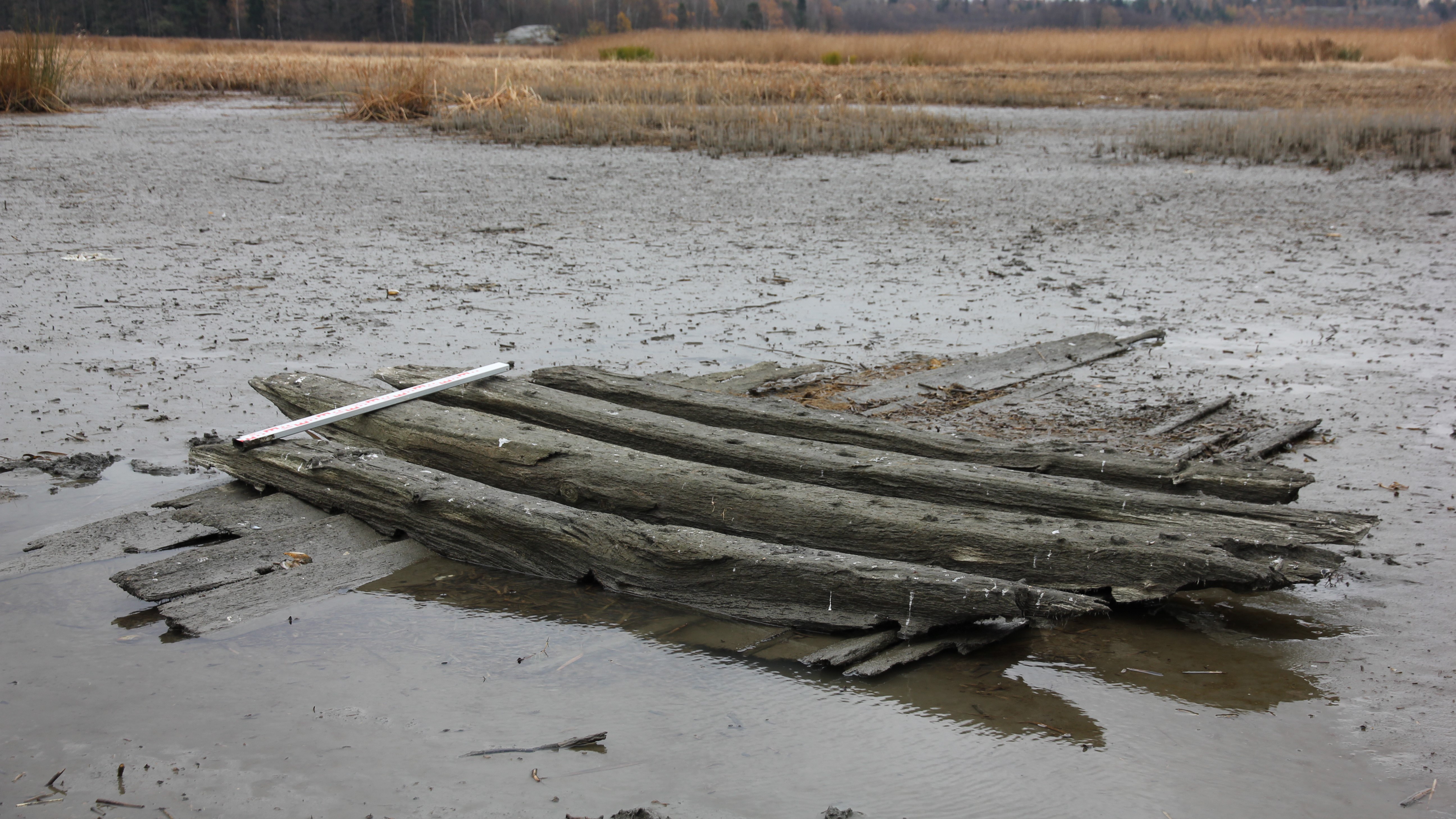
Guidelines for Protection and Information Collection
Shipwrecks and other historical underwater structures are captivating diving sites and valuable research subjects. They constitute our shared cultural heritage, offering divers experiences and insights into our history.
Every diver can contribute to the preservation of these sites by acting responsibly and adhering to common rules. Divers also play a role in increasing knowledge about underwater cultural heritage sites.
It is permitted to engage in recreational diving on protected shipwrecks and other underwater archaeological remains that have been submerged for over a hundred years. Wrecks and other objects can be observed and photographed without the need for permission from museum authorities. Naturally, the Antiquities Act must be followed, so protected objects must not be altered or damaged during dives, and items or structural components must not be lifted. Anchoring must take place sufficiently far from the wreck to prevent impact. Diving inside fully intact wrecks is prohibited. By following these guidelines, underwater sites are preserved for the enjoyment of future divers.
Six protected sites have designated protection zones under the Antiquities Act. These sites include the St. Nikolai wreck off Kotka, as well as the wrecks Borstö 1, Vrouw Maria, and the so-called Gråharuna wrecks in the West Turku Archipelago. Additionally, protection zones have been designated for the area west of Hästö Busö and for the wreck of Huis te Warmelo. These are safeguarded from wear caused by recreational diving, and diving permits are primarily granted for research purposes.